

Bricks is an open-source collection of modular natural language processing modules. Find elements such as language detection, sentiment analysis, emotion detection and 50 more - all open-source, for free, and ready to be integrated in whatever use case you are implementing!
Access powerful Natural Language Processing (NLP) tools via a REST API. Free to sign up, you will gain access to categorization, topic tagging, Named entity recognition, disambiguation tools and much more.
Transform yourself from a Python Developer to a Natural Language Processing Data Scientist with practical projects. From TF-IDF -> Sentence Transformers -> GPT-3 -> deployment, you will learn it all and use it in practical projects.
Translate By Humans is a leading provider of professional translation services that cater to all language needs. With a team of expert linguists and translators, we offer accurate and reliable translation solutions for businesses, individuals, and organizations worldwide. Our services cover a wide range of industries and domains, including legal, medical, technical, marketing, and more. We pride ourselves on our commitment to quality, affordability, and timely delivery, ensuring that our clients receive the best possible results every time. Whether you need document translation, website localization, or interpretation services, Translate By Humans is your go-to partner for all your language needs.
Memrise is a popular language learning app that offers a fun and interactive approach to mastering new languages. With an array of games, vocabulary lists, and audio lessons featuring native speaker recordings, Memrise has become a go-to resource for language enthusiasts worldwide. This app has revolutionized language learning by providing an immersive experience that makes learning a new language more engaging and effective. With its user-friendly interface and innovative features, Memrise has become the perfect tool for anyone looking to expand their linguistic horizons.
HelloTalk is a revolutionary language learning app that allows users to practice speaking with native speakers. With a focus on language exchange, the app provides an immersive experience that enhances language learning. HelloTalk is designed to bring together language learners from all over the world, offering a unique opportunity to learn from diverse cultures and perspectives. Whether you're a beginner or an advanced learner, HelloTalk provides the perfect platform to improve your language skills in a fun and interactive way.
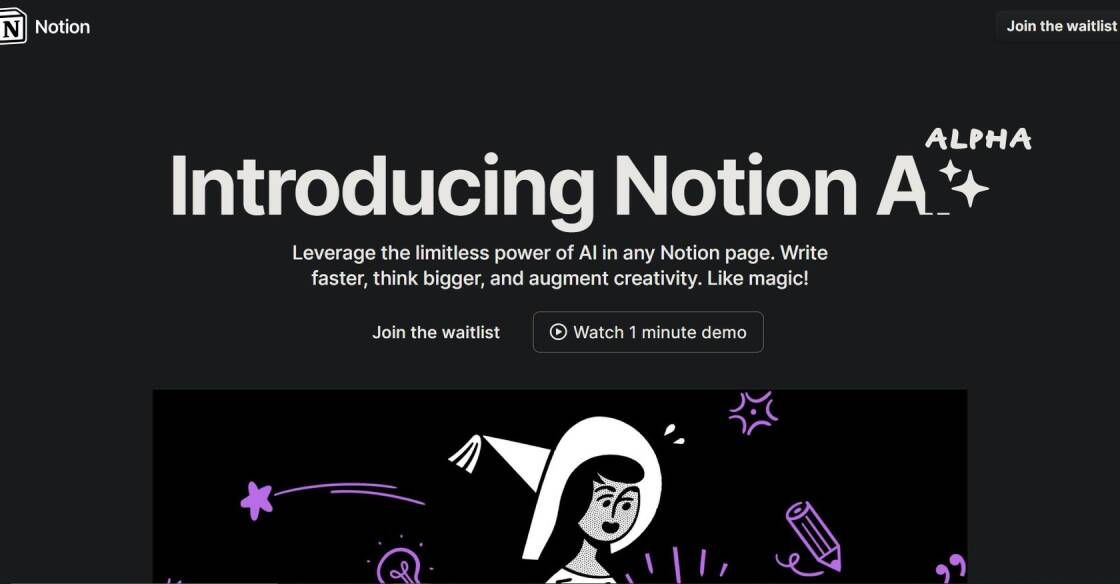
Notion AI
Leverage the limitless power of AI in any Notion page. Write faster, think bigger, and augment creativity. Like magic!
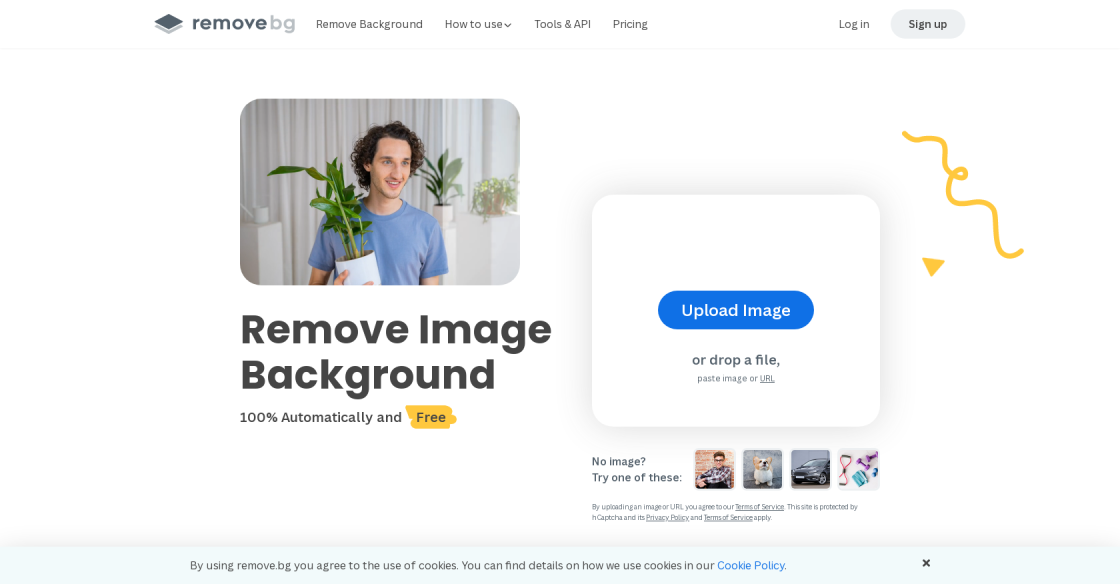
Remove.bg
Remove Background from Image for Free – remove.bg

Box
Cloud Content Management Platform
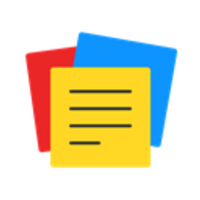
Notes For ChatGPT
Notebook Web Clipper
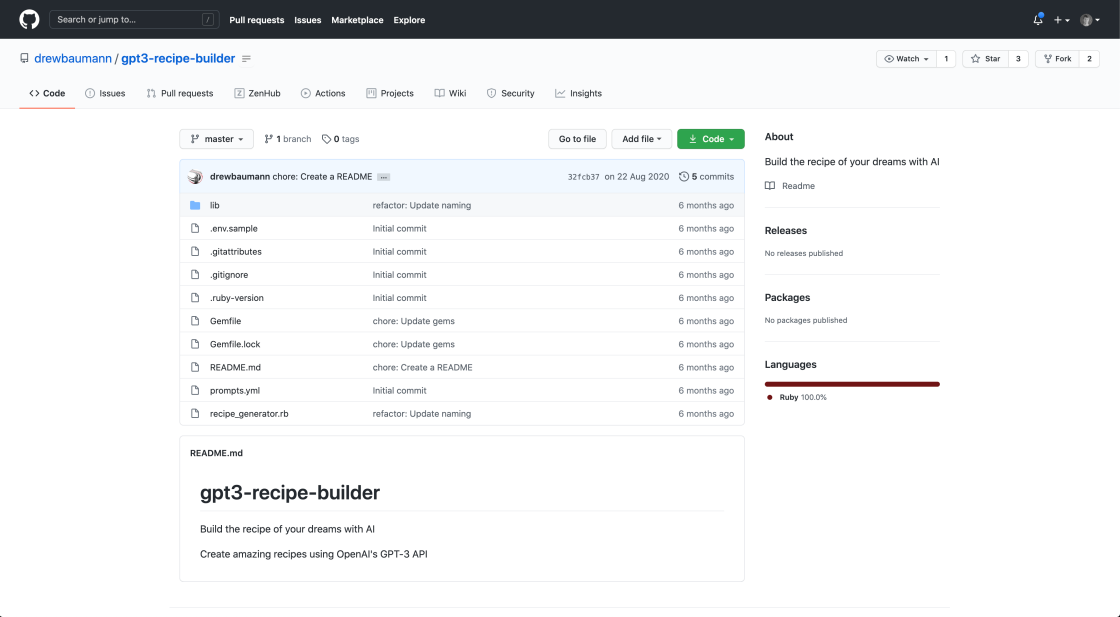
GPT-3 Recipe Builder
Generating Cooking Recipes with OpenAI's GPT-3 and Ruby
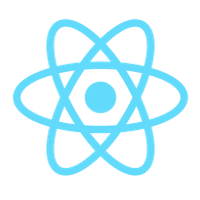
Text To JSX
React – A JavaScript library for building user interfaces

Otter AI
AI-Powered Transcription and Meeting Notes

QuickTools By Picsart
Comprehensive Online Image Tools | Quicktools by Picsart
Turing-NLG, part of Microsoft Project Turing, is an advanced natural language generation system that enables computers to communicate with humans in a much more natural and effective way. This technology is revolutionizing the way we interact with machines. With Turing-NLG, computers can generate human-like conversations, and even understand natural language. It can be used to create interactive systems such as virtual assistants, conversational agents, and chatbots. By using this technology, businesses and organizations can create automated customer service agents and automated text-based conversations. Furthermore, it can also be used to create more accurate and personalized responses to customer inquiries. This technology is being used to provide more efficient, cost-effective, and secure services to customers. The possibilities of this technology are endless and it has the potential to drastically improve our communication with machines.
Turing-NLG is a part of Microsoft Project Turing, which is an artificial intelligence platform designed to enable the development of natural language processing technologies.
Turing-NLG uses deep learning algorithms to generate natural language text from structured data sources.
Turing-NLG uses a process called deep generative modeling to produce natural language text from structured data sources. This process involves training a neural network on large amounts of data and then using the trained model to generate natural language text.
Turing-NLG can be used for a wide variety of applications, such as automated customer service, automatic summarization, automated question answering, and more.
Turing-NLG offers many benefits, including improved accuracy and speed for natural language text generation tasks. It can also reduce the amount of manual effort needed for these tasks.
No, Turing-NLG is not open source. It is a proprietary platform developed by Microsoft.
The cost to use Turing-NLG depends on the specific application and services you require.
No, Turing-NLG does not require any special hardware or software. It can be used with any computer that has internet access.
Turing-NLG currently supports English, Chinese, Japanese, Spanish, Portuguese, French, German, and Italian.
Yes, Microsoft provides detailed documentation for using Turing-NLG on their website.
| Competitor | Difference from Turing-NLG |
|---|---|
| Google Cloud Natural Language | Does not provide conversational services |
| IBM Watson Natural Language Understanding | Lacks the ability to understand intent and generate natural responses |
| Amazon Comprehend | Does not have the ability to generate natural language responses |
| OpenAI GPT-3 | Does not have the ability to understand intent |
Microsoft Project Turing is an ambitious initiative to revolutionize the way people interact with computers. It seeks to create a natural language processing (NLP) system that can understand and respond to human language just as a person would. As part of this project, Microsoft has developed Turing-NLG which is a natural language generation (NLG) system. NLG systems are used to generate text from structured data, such as a database or spreadsheet.
Turing-NLG is based on deep learning algorithms and is capable of producing human-like conversations by understanding the context of a conversation and generating appropriate responses. It can be used to generate personalized emails, reports, summaries and much more. The system also uses a natural language understanding (NLU) component to help it interpret user input. This allows it to interpret user commands and requests in order to produce the desired output.
Turing-NLG is designed to be easily integrated into existing applications. It provides an API that developers can use to create their own applications that interact with the system. It also has support for third-party services such as chatbots, virtual assistant tools and voice recognition tools.
The goal of Turing-NLG is to enable computers to interact with humans in a natural and conversational manner. Microsoft believes that this system will ultimately enable better and more natural interactions between people and computers.
TOP